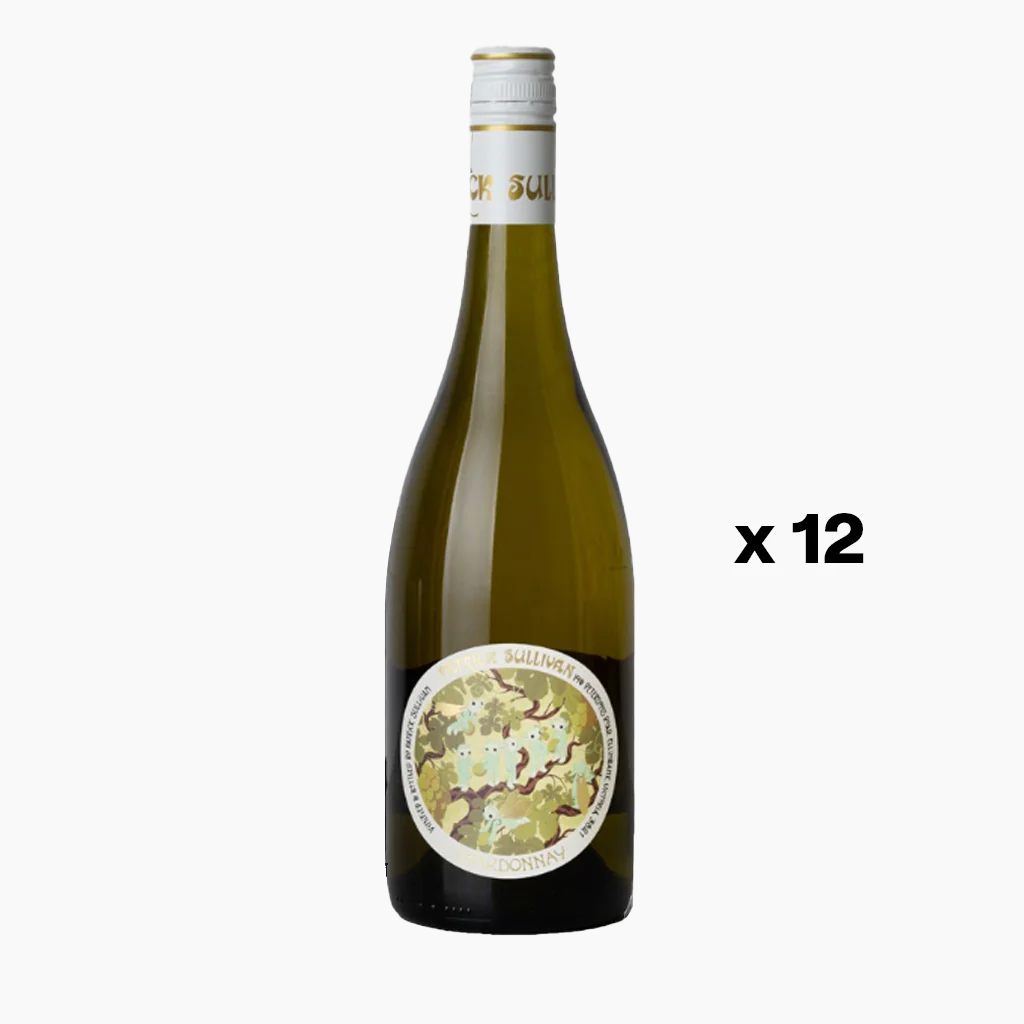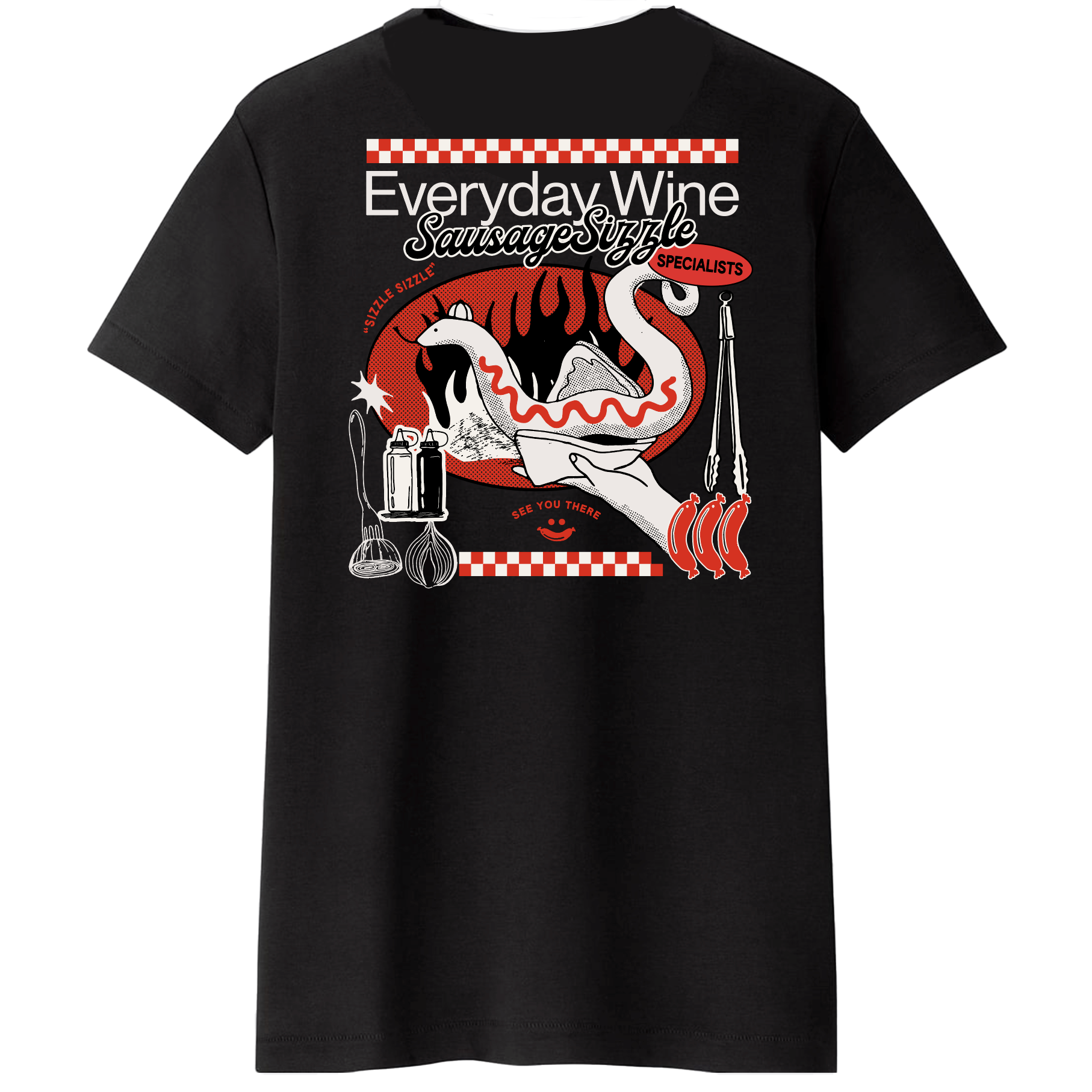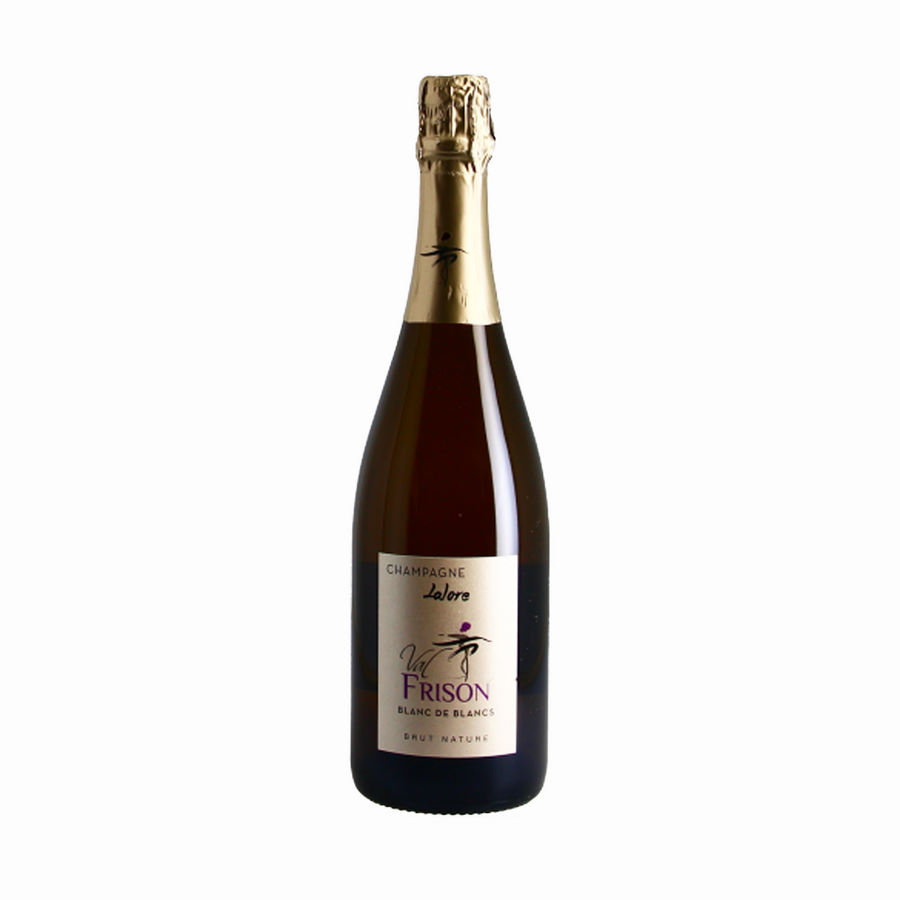Thierry de Marne took over his family’s vines in the village of Ville-sur-Arce in 1997, selling his grapes to the local cooperative. He began converting his vineyards to organic viticulture in 2003. And in 2007 the first vintage eligible for organic certification, He began to make small quantities of his own champagne. He released his first wines in 2010, but in typically bureaucratic French fashion, the CIVC didn’t allow him to market the wines under his own name, de Marne: they felt it implied that they came from the Marne, when in fact they were from the Aube. To satisfy the authorities, de Marne combined his name with that of his wife Valérie Frison and a new champagne estate was born. While de Marne and Frison (they separated last year and allowed Valérie to start making her own wine) own a total of six hectares of vines in Ville-sur- Arce, two and a half hectares are still sold to the co-operative each year. Just one hectare to produce wine from, meaning that quantities are necessarily small:
In the inaugural vintage of 2007, de Marne made just 4,000 bottles. Most of de Marne’s vines are Pinot Noir, with just five percent of his total surface planted with Chardonnay. As is typical for this area, Kimmeridgian soils dominate, although de Marne draws a distinction between parcels that contain white clay and yellow clay (argile blanche and argile jaune). He also has two Chardonnay parcels that lie on Portlandian soil, and one of these—Les Cotannes—is bottled separately. All parcels are allowed to grow a natural cover crop, which is ploughed in March to prevent the vines from having too much competition for nutrients; de Marne notes that a different set of plants grows in each parcel, reflecting subtle differences in terroir .






